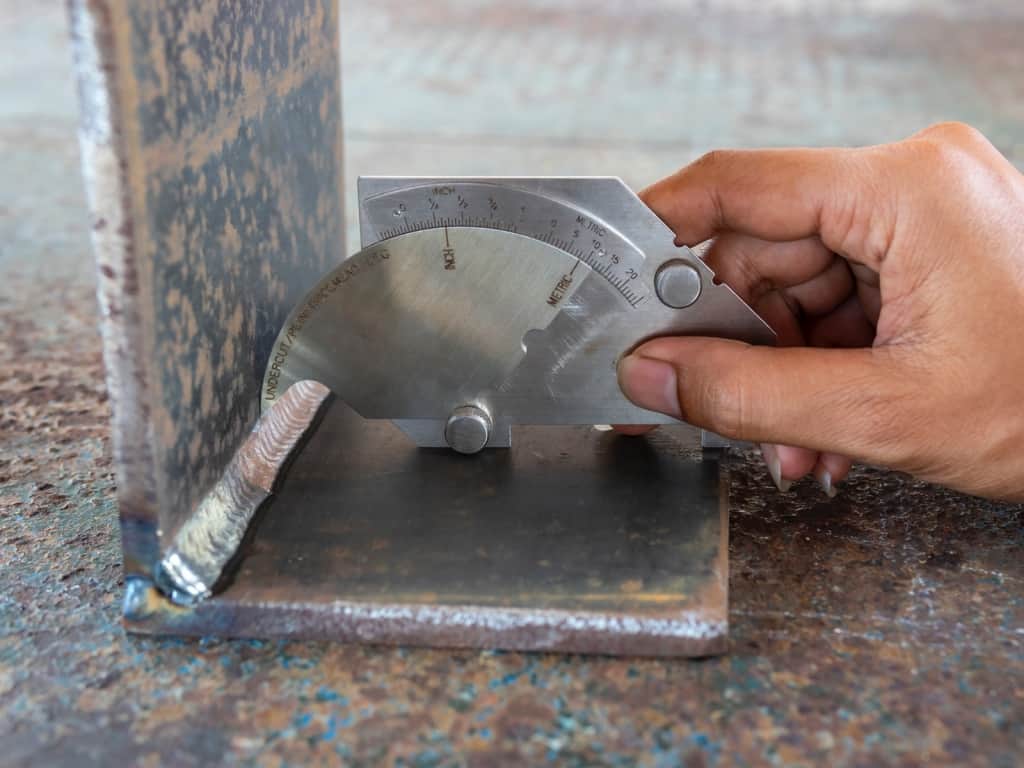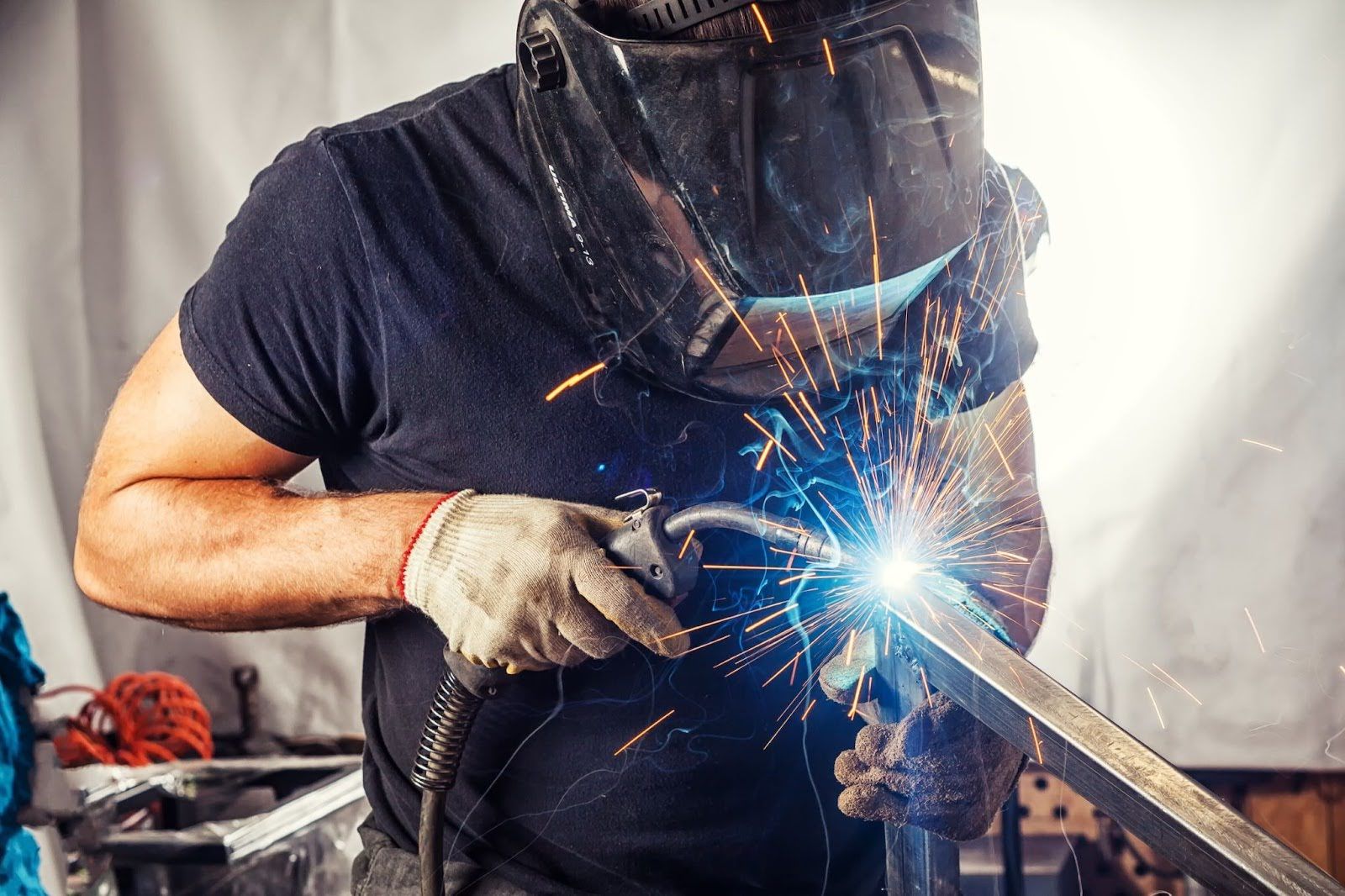A Comprehensive Overview to Identifying, Preventing, and Mending Undercut Welding Problems in Your Welding Jobs
In the world of welding, encountering undercut concerns is a common difficulty that can compromise the structural honesty and overall high quality of your welding jobs. Keep tuned as we explore the crucial parts of recognizing, avoiding, and dealing with undercut welding troubles, offering you with useful insights and strategies to boost your welding skills to the next level.
Typical Root Causes Of Undercut Welding
Undercut welding, a typical problem in welding processes, can be brought on by numerous aspects that need to be very carefully identified and dealt with to guarantee the stability of the weld joint. One of the main sources of undercut welding is extreme warmth input. When the welding parameters, such as voltage, current, or take a trip speed, are not effectively set, an excessive quantity of heat can be created. This excess warmth brings about the melting and subsequent elimination of the base material along the sides of the weld joint, creating a groove called undercut.
Another typical cause of undercut welding is inappropriate welding technique. Determining these root triggers and carrying out restorative procedures is vital in protecting against and remedying undercut welding issues in welding tasks.
Identifying Undercut in Welds

To recognize undercut precisely, correct lighting and magnification tools are necessary to evaluate the weld joint completely. Utilizing tools such as a welding gauge or a magnifying glass can assist in discovering also the smallest undercut imperfections. In addition, running a finger or a fingernail along the weld joint can occasionally disclose undercut, as the surface area might feel uneven or have a dip where the undercut exists.
Preventive Steps for Undercut
Having a deep understanding of the reasons of undercut in welds permits for the implementation of reliable precautionary steps to preserve weld quality and honesty. These settings need to be maximized to protect against too much warmth input, which can lead to damage development.

Methods for Repairing Undercut

Increasing the welding current or reducing the travel speed can help fill in the undercut. Furthermore, transforming the welding technique from a push to a drag or vice versa can also help lessen undercut.
One more technique is to use a weaving activity while welding to ensure appropriate sidewall blend and fill in the undercut. By oscillating the welding arc back and forth within the weld joint, the welder can transfer a lot more filler product into the undercut areas, effectively eliminating the issue.
Additionally, grinding out the undercut and rewelding the joint can be a viable solution for much more severe undercut problems - Preventing weld undercut. This procedure involves getting rid of the undercut section, preparing the base metal, and check out this site afterwards rewelding the joint with proper welding specifications and strategies to prevent undercut from returning

Expert Tips for Preventing Undercut
Utilizing correct welding strategies and maintaining control over key welding criteria are essential strategies for welders aiming to stop undercut in their weld joints. One professional suggestion for avoiding undercut is to make sure proper joint prep work. This entails cleaning up the base steel extensively to eliminate any kind of pollutants that can bring about damage formation. Additionally, choosing the appropriate welding process and filler steel for the certain application can aid stop undercut. Welders ought to likewise pay close attention to the welding existing and voltage settings, ensuring they are within the suggested range to prevent overheating and prospective undercut. Preserving a constant traveling rate during the welding process is one more important suggestion to avoid undercut. By moving at a constant pace, welders can make sure appropriate fusion and lower the chance of undercut development. Last but not least, evaluating the weld grain after completion can assist recognize any kind of indicators of undercut at an early stage, enabling instant rehabilitative activity to be taken.
Conclusion
To conclude, identifying, preventing, and dealing with undercut welding problems in your welding projects is vital for ensuring sturdy and strong welds. Preventing weld undercut. By recognizing the usual sources find here of undercut, being able to identify it in welds, carrying out safety nets, and utilizing correct methods for dealing with undercut, you can stay clear of prospective issues and produce premium welds. Adhering to expert suggestions for staying clear of undercut can aid you boost your welding skills and generate much better cause your jobs
Undercut welding, a my website common concern in welding procedures, can be caused by various factors that require to be carefully recognized and addressed to make sure the honesty of the weld joint. In addition, running a finger or a fingernail along the weld joint can sometimes expose undercut, as the surface may really feel uneven or have a dip where the undercut exists.
Utilizing appropriate welding techniques and maintaining control over vital welding specifications are vital techniques for welders intending to prevent undercut in their weld joints.In final thought, identifying, stopping, and repairing undercut welding problems in your welding tasks is essential for making sure long lasting and solid welds. By understanding the usual causes of undercut, being able to determine it in welds, executing preventative measures, and making use of proper strategies for repairing undercut, you can stay clear of potential issues and produce high-grade welds.